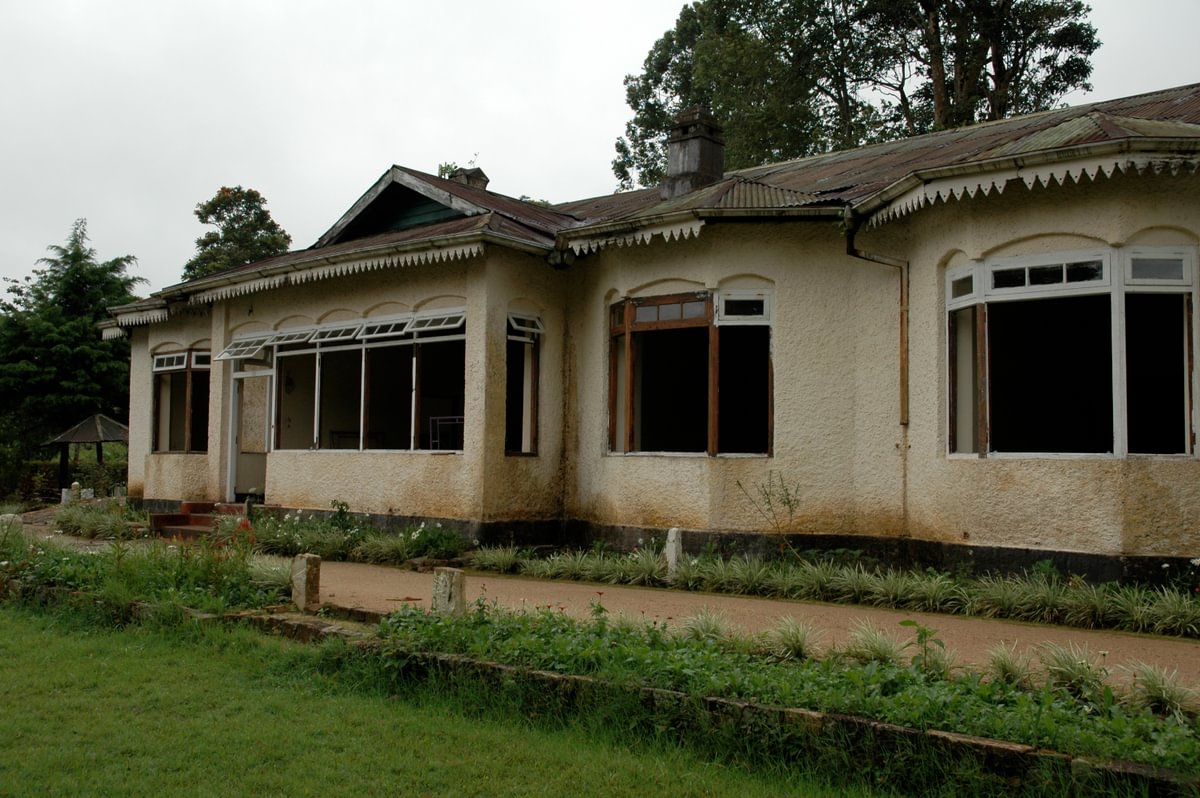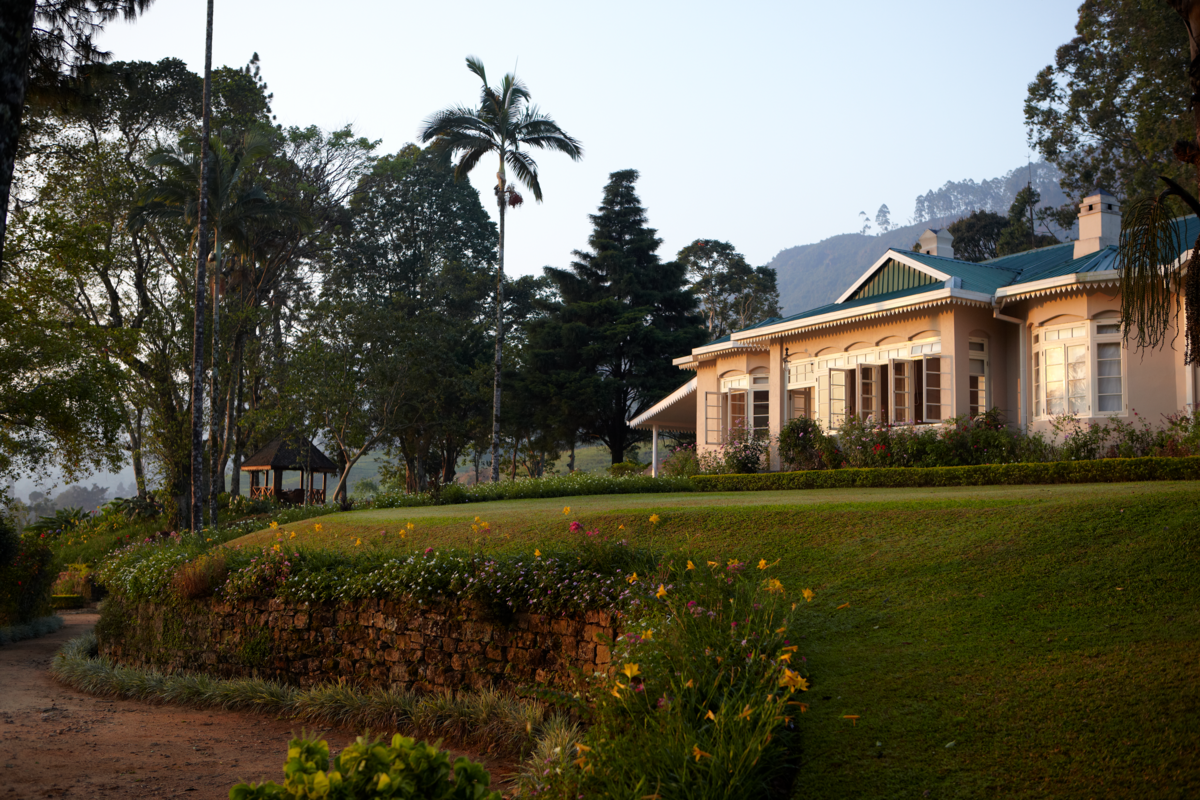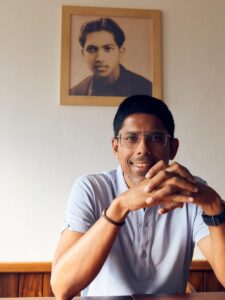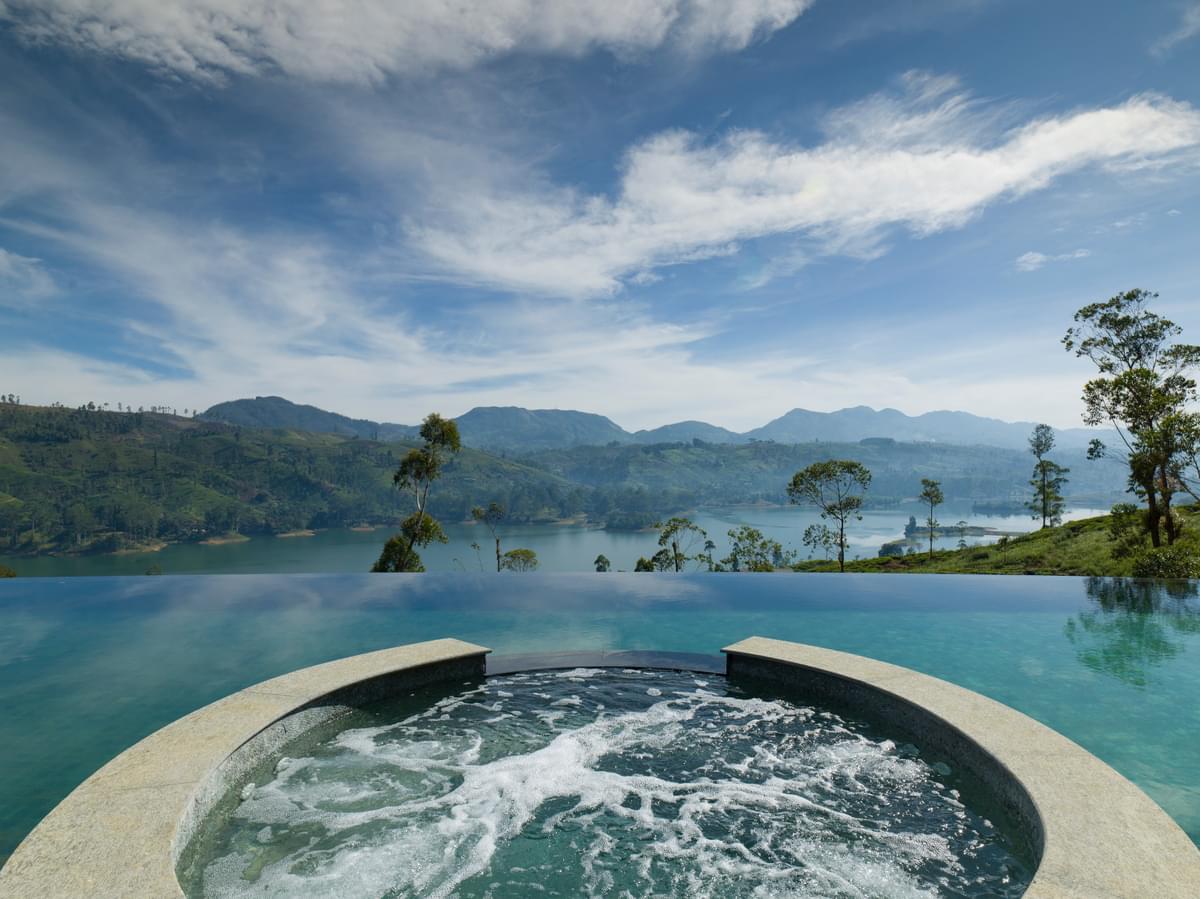Malik Fernando joined his family’s tea business to sell tea. Dilmah Tea, named for him and his brother, Dilhan, was started by his father, Merrill Fernando. Dilmah put Ceylon tea on the consumer’s map, drawing attention to the island’s flavourful black tea. After a couple of decades in the business, Malik became an “accidental hotelier” when he opened Ceylon Tea Trails in 2005. In an incredibly short time, he has built a luxury hospitality brand, Resplendent Ceylon, that today includes Ceylon Tea Trails, Cape Weligama, and Wild Coast Tented Lodge. Together, they offer travellers an experience of the island’s sea, nature, and tea.
Malik Fernando in conversation with Tea Journey’s editor, Aravinda, on what drew him into hospitality and why tea lovers must visit Sri Lanka.
Aravinda: When you began your journey in tourism, why did you choose to restore colonial bungalows?
Malik Fernando: Working closely with my father, my brother and I were steeped in tea which ran through our veins and I never would have thought that I would venture into tourism. How it started was my love for the stunning emerald, green tea fields of our World Heritage Central Highlands which were dotted with these historic tea planters’ houses which were not in great condition. It was a mad idea then to restore some of them which didn’t even have a roof and I remember Castlereagh bungalow – When I first went there, there were cattle wandering the hallways!

We picked five bungalows that were between 2 and 15 km apart so that guests could walk and mountain bike between them. Each of the bungalows was quite distinct in character and was furnished in a different style so that travellers could stay two nights in one and two nights in another one and have a different experience.
Three of the bungalows overlook the beautiful Castlereagh Lake and two others are further away overlooking mountains and valleys. We restored them in a charming but not over-the-top manner, almost like the home of a wealthy original tea planter. There is a level of nostalgia in terms of some of the original fittings, but we’ve also brought in modern creature comforts and created special guest experiences with a nice sense of place.
Our first venture, Ceylon Tea Trails, became Sri Lanka’s first Relais & Châteaux resort. Three of our resorts are members of Relais & Châteaux, renowned for their strong culinary tradition—a natural pairing with Ceylon Tea.

The Tea Experience
A tour of the Dunkeld tea factory with resident planter, Bernard Holsinger. For a more immersive experience, choose the Private Tea Tasting experience.
Tea Planter’s Tiffin Lunch
A picnic lunch on the picturesque hillside above the Dunkeld bungalow, inspired by the planter’s life of yore.
Tea-infused dinner
A signature culinary experience that infuses tea into a fine dining menu.
Trekking the Trails
Explore tea country on foot or cycle with a Tea Trails naturalist to guide you. The trail connects the various bungalows that are part of Resplendent. Several options are offered and span an hour to longer.
How did the name Resplendent Ceylon come about? And how big a part of it is tea?
The name Resplendent Ceylon was connected to the country’s name Sri Lanka. Sri means ‘resplendent’, and we wanted to pay homage to Sri Lanka’s resplendence and the global respect for artisanal Ceylon goods like tea, sapphires, and cinnamon.
There is a similarity between Resplendent Ceylon and the Dilmah brand which doesn’t serve to be the largest but quality oriented with attention to detail with strong family values, adopting my father’s motto that “business is a matter of human service”. The tourism business also contributes towards social justice and environmental stewardship.
Who are your guests, and how have they changed (or not) over the years?
Initially, our guests were significantly British, which is still the largest segment at about 35%, but we have now broadened to the European continent. The United States is a strong market, Australia… India has a solid share and China, so really we have about 10 key nationalities all of whom enjoy slowing down amidst pristine surroundings, butler service and extraordinary cuisine.

Was slow tourism part of the plan? Can you share something on the environment conservation and social sustainability programmes that have come from your hospitality work?
Our properties, especially Tea Trails, are inherently sustainable and part of the slow tourism movement, which was the original idea because we started with something that was already there as opposed to building from scratch.
Stewardship of the areas under our management is a key responsibility. At Tea Trails, we started the Peak Ridge Forest Corridor, which is an 18-kilometre ridge connecting two corners of a National Park where the mountain leopard frequents. This is the first privately protected area in the country.
Similarly, at Wild Coast Tented Lodge, we are working on the first conservancy in partnership with the state to enhance the biodiversity next to the Yala National Park.
Our social justice programmes include a hotel school, kindergarten and community centre at Cape Weligama as well as the creches and clinics around Tea Trails as an example.
Tell us about tea tourism in Sri Lanka… The Pekoe Trail seems like such a great addition to tea tourism experiences. What would you like to see develop as tea tourism in Sri Lanka?
I’m proud that Tea Trails was a pioneer in tea tourism, and it is good to see others also starting. In fact, the specialist who designed the trails at Tea Trails, Miguel Cunat, is the brain behind the Pekoe Trail which is a 300 kilometre trek across the Central Highlands starting in Kandy and ending in Nuwara Eliya with multiple stages; each stage could be done in 4-6 hours. You can stay at Tea Trails and do one stage, stay at another Tea Trails bungalow, and then you can do another stage. It really is an amazing concept and I’m proud to chair the Pekoe Trails organisation.
This is a key initiative in taking travelers off the time-worn circuit and distributing them to broader parts of the country, helping uplift communities. One of the programmes we are working on is to have retired estate workers as a cooperative running silent tea factories as low-cost accommodation for walkers on the Pekoe Trails. All revenues will go to the collective. While I don’t have a timeframe for this, I plan to make good progress in 2025.

Why should tea enthusiasts visit Sri Lanka?
My message for tea enthusiasts encouraging them to visit Sri Lanka is that our Central Highlands, where Ceylon tea is grown, is so accessible – many of our guests take a 25-minute flight from the international airport, landing on the lake directly in front of the bungalows.
We have at our Dunkeld tea factory a nicely appointed visitor centre and Bernard Holsinger, our very knowledgeable tea planter-in-residence regales visitors with stories of yore and the techniques of Ceylon tea.
Connected to this we have the History of Ceylon Tea website which is the largest repository of information and history about tea, which seeks to preserve this wonderful industry.
When I return to Sri Lanka and see the 50 shades of green, whether it is coconut trees or the tea fields and our terrain dominated by the tea-carpeted Central Highlands, with such iconic locations as Adams Peak and Horton Plains, a thriving leopard habitat at 7000ft… I think this is the original Paradise Island and that the story about Adam coming here when he was kicked out from the Garden of Eden must be true!
Tea Market
Get More Value from Your Tea: BRU Maker One
+41794574278
Jacque's Organics
(647) 804-7263
What a lovely vision coming through in this interview.
The two gentlemen, having taken the baton from the hand of their dad, are very ably carrying the legacy forward.
Merrill was(is) of course a legend, leaving both Dilhan and Malik with a tough job on their hands to match up to the heritage.